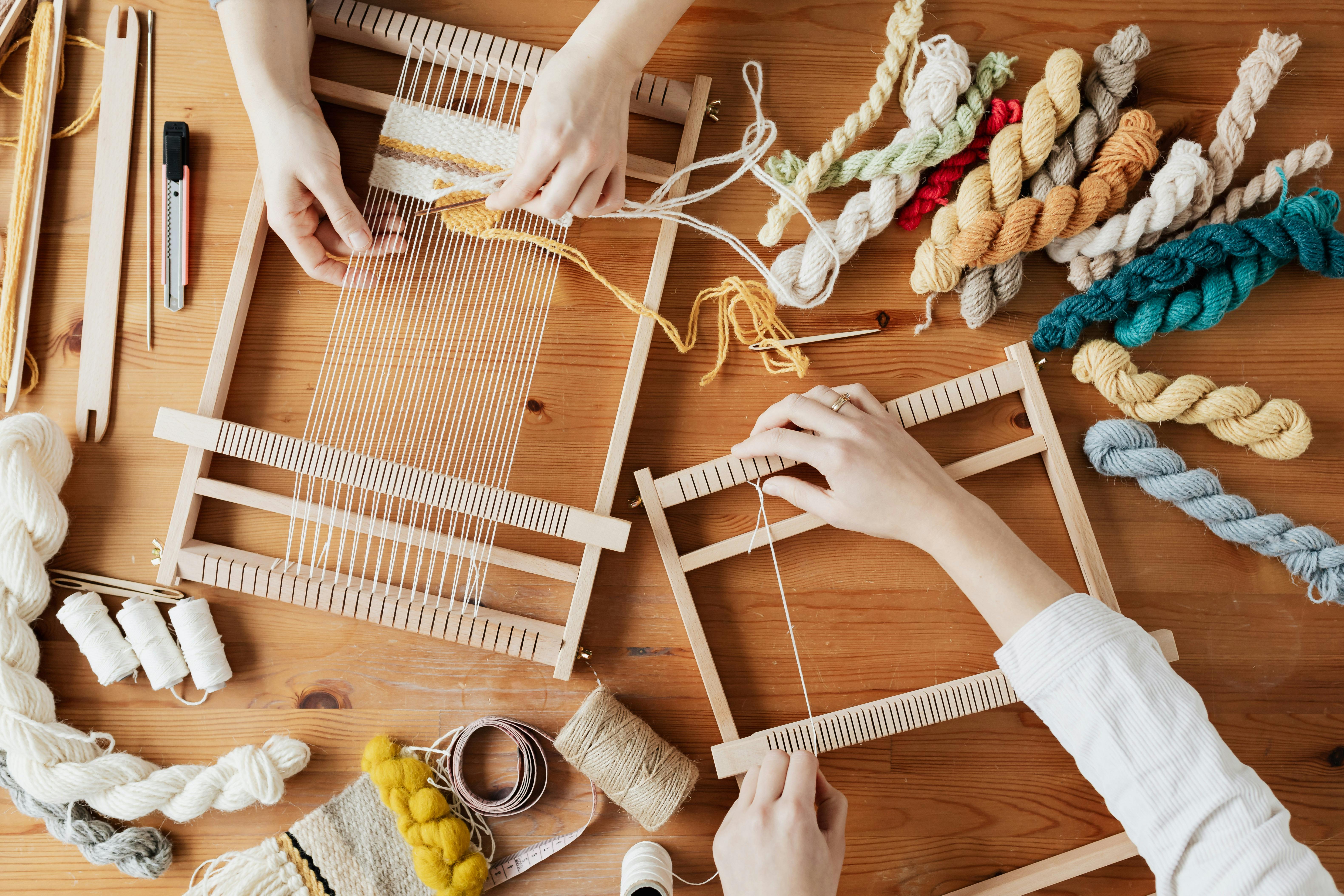Distilling alcohol has been a craft practiced for centuries and it takes a special kind of person to be a master distiller. To become a master distiller, one must have an immense knowledge of the science and art behind the distillation process, as well as the patience and dedication it takes to perfect their craft. This guide will provide you with information on the key steps to take in becoming a master distiller and provide insight into what it takes to reach this level of expertise.Learning the basics of distillation is an important step in understanding how to create distilled products. Distillation is a process used to purify liquids by separating them into different components based on their boiling points. It involves heating a liquid and collecting the vapor, which is then condensed back into liquid form. This process can be used for many applications, from producing essential oils to creating alcoholic beverages.
To learn the basics of distillation, it’s important to understand the different components of the process. These include the still, where the liquid is heated; the condenser, which cools and collects vapor; and the collection vessel, which stores and separates out different components during condensation. It’s also important to understand how heat affects a liquid’s boiling point and how this affects the separation process. Additionally, it’s helpful to know about various safety protocols that should be followed during distillation.
By understanding these concepts and following appropriate safety precautions, you can begin your journey into mastering distillation techniques for different applications.
Understanding the Process of Distillation
Distillation is a process used to separate liquids from one another based on differences in their boiling points. It is commonly used in the production of alcoholic beverages, essential oils, and other products. The process involves heating a mixture of liquids until one or more of them vaporizes, which is then collected and condensed back into liquid form. This allows for the separation of the desired component from other components in the mixture. To understand the process of distillation, it is important to understand how boiling points are affected by pressure and temperature.
The boiling point of a liquid is determined by the atmospheric pressure around it. When atmospheric pressure increases, so does the boiling point. This means that when a liquid is heated under high pressure, it will boil at a higher temperature than when heated under low pressure. By changing the pressure around a mixture of liquids, it is possible to vaporize only one or some components in the mixture while leaving others behind as liquids.
The distillation process involves using this principle to separate different components in a solution or mixture. Generally speaking, distillation involves heating up the mixture until
Gather Essential Equipment for Distilling
Distilling is a popular hobby that many people enjoy. It requires a few essential pieces of equipment to get started, and each piece has its own purpose. The first thing you’ll need is a still. A still is the main component of the distilling process and consists of a boiler, condenser, and collection vessel. The boiler heats up the fermented liquid, and the condenser cools it down while separating out the alcohol. The last component, the collection vessel, collects the distilled liquid for further processing or consumption.
The next item you’ll need is a thermometer. This is used to measure the temperature of the boiling liquid in order to determine when it’s ready to be collected. It also helps you monitor your distillation process to ensure that you’re getting a good yield from your distillation run.
You’ll also need fermentation equipment such as fermentation tanks, airlocks, and hydrometers in order to make your mash or wort (the liquid used for distillation). These items help you control and monitor your fermentation process so that you can create quality spirits.
Choose the Right Ingredients for Distilling
Distilling is a process that requires careful selection of ingredients to ensure the best possible outcome. It is important to select ingredients that are of good quality and free from impurities. The type of ingredient chosen will also determine the flavor profile of the final product. When choosing ingredients for distilling, it is important to consider both the flavor and aroma components of each ingredient as well as their alcohol content.
When selecting a base spirit, look for something that has a high alcohol content and a neutral flavor profile so that it can be easily balanced with other flavors. Vodka is a popular choice as it has no flavor or aroma, allowing other flavors to be added without overpowering them. If you are looking for something with more character, then whiskey or brandy can be used instead.
Herbs and spices can be used to add complexity to spirits such as gin or whiskey. Commonly used herbs and spices include juniper, coriander, cardamom, cinnamon, cloves, ginger root and orange peel. It is important to consider how these flavors will interact with one another when choosing your ingredients so
Acquire Knowledge of Aging and Blending Techniques
Aging and blending techniques are essential in the production of alcoholic beverages. Aging is the process of maturing a spirit in a barrel, while blending involves combining different spirits together to create unique flavors. It is important to understand these processes in order to produce high-quality drinks.
Aging is usually done in wooden barrels, although some producers also use stainless steel containers for aging. The wood gives the spirit a certain flavor, as well as adding color and complexity. Alcoholic beverages can be aged for any length of time, depending on the desired result. Generally, the longer an alcoholic beverage is aged, the smoother and more complex it becomes.
Blending involves combining different spirits together to create unique flavors and aromas. Sometimes distillers will blend two or more spirits together in order to achieve a specific flavor profile or aroma. This process can be used to enhance existing flavors or create entirely new ones. Blending can be done during distillation, or after distillation when different spirits have been aged for different lengths of time.
It is important for producers to understand aging and blending techniques in order to create high

Distillation Techniques
Distillation is a process used to separate mixtures of liquids into their individual components. It is one of the most important laboratory techniques used in chemical laboratories to purify various compounds. Distillation involves boiling the mixture, condensing the vapors, and collecting the pure liquid that is separated from the original mixture. There are many different types of distillation techniques used in chemistry, and each method has its own advantages and disadvantages.
The most common type of distillation is fractional distillation. In this process, a mixture of two or more liquids with different boiling points is heated until it begins to boil. The vapors are then passed through a condenser where they are condensed back into liquid form and collected in several separate containers according to their boiling points. This method can be used to separate liquids that have similar boiling points but different densities or compositions.
Another type of distillation technique is simple distillation. This process involves heating the mixture until it begins to boil and then collecting only the vaporized portion as it passes through a condenser. The condensed liquid can then be collected in a container
Develop a Flavor Profile for Your Spirits
Developing a flavor profile for your spirits is an important part of the craft distilling process. Creating a signature flavor that consumers will recognize and enjoy is key to success in the spirits market. The complexity and character of your spirits are largely determined by the ingredients used, as well as the distillation process.
When developing a flavor profile for your spirits, it’s important to consider both the nose and palate of your product. The “nose”, or aroma, is often the first impression that consumers have and can be greatly impacted by the ingredients you choose. Consider adding additional notes such as fruit, floral, herbal or spices to enhance the nose.
The palate will determine how your spirits tastes on the tongue and in the mouth. The texture and body of your spirit should be taken into consideration when creating a flavor profile. For example, adding honey or molasses may give it more sweetness and a fuller flavor. Additionally, adding oak chips or aging in barrels can add layers of complexity to your spirit’s flavor profile.
When crafting a unique flavor for your spirits, be sure to consider both traditional and nontraditional ingredients
Maintain Quality Control During Production
Quality control is essential for any successful production process. Quality control helps to ensure that the manufactured goods meet the requirements and specifications of the customer. It is important to maintain quality control during production to ensure that the products are safe, reliable and of high quality.
Quality control involves a variety of activities including inspection, testing, and measurement. During production, it is important to inspect materials and components for defects or abnormalities. This involves visually inspecting each part for any flaws or defects that may affect its performance or reliability. Testing and measurement is also important in order to verify that the components meet specifications and tolerances.
It is important to have a set of quality standards in place so that all production personnel are aware of the expected standards of quality. This includes setting clear goals for product quality and ensuring that all personnel understand and adhere to these goals throughout the production process. Having a documented set of procedures in place will also help ensure that all processes are being followed correctly and consistently during production.
Regular monitoring should be performed throughout the production process in order to detect any potential issues before they become major problems. This includes performing regular inspections, tests,

Conclusion
Becoming a master distiller takes dedication and hard work. It is a long process that requires the distiller to develop their skills in many areas, from fermentation to blending and aging. To become a successful master distiller, it is important to have an understanding of the entire production process, from grain selection to bottling.
It also takes time and patience to develop the expertise needed to identify good quality ingredients, tastes, and aromas. A master distiller must be able to combine science and art in order to create unique spirits that can appeal to consumers.
Finally, while there is no one-size-fits-all path to becoming a master distiller, those who are passionate about the craft can learn the necessary skills by studying with experienced professionals and attending educational seminars. With hard work and dedication, anyone can become a master distiller.

